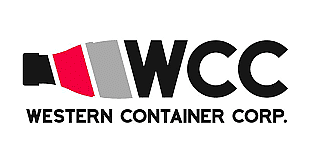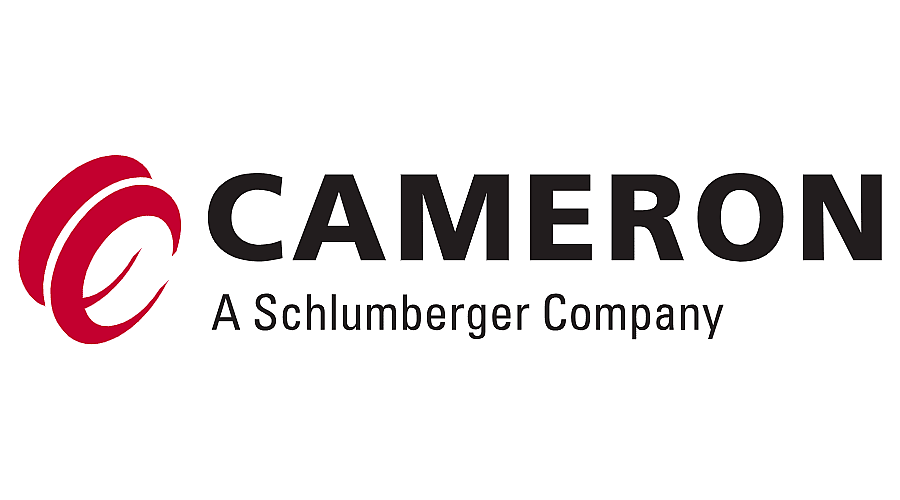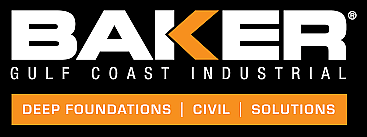Common Causes of Microbiologically Influenced Corrosion
Our world is teeming with life, from birds soaring above our heads to worms crawling beneath our feet. But not all life can be viewed with the naked eye. Countless microorganisms dwell in the soil, the air, and even your own skin. And even though we pass most days unaware of their presence, they can impact the tools we work with daily.
This is the case with microbiologically influenced corrosion, also known as MIC. MIC is behind many common types of corrosion affecting our pipes, such as stress corrosion, galvanic corrosion, and pitting corrosion, and causes billions of dollars in damage annually. Knowing the common causes of microbiologically influenced corrosion can help companies better understand its effects and mitigate them.
Bacteria
Arguably one of the most common causes of MICs is bacteria. When bacteria are introduced to a metal surface, such as a steel pipe, it eats away at layers of H2 present in the metal. The layer of H2 usually acts as a protective barrier that mitigates the oxidizing effects of rust. Without it, corrosion can accelerate.
The primary types of bacteria that cause corrosion are:
- Iron-reducing bacteria
- Acid-producing bacteria
- Sulfur-oxidizing bacteria
- Sulfate-reducing bacteria
- Manganese oxidizers
Microalgae
Microalgae have recently come to the forefront of scientific research because of its potential as a sustainable food source, ingredient in cosmetic products, and possible source of biofuel. While the benefits of this single-celled phytoplankton are numerous, it can also become detrimental to industrial processes by contributing to MIC.
When microalgae proliferate on a metal surface, it creates a scenario called biofouling. The biofilm that is produced blocks out oxygen, creating a dark area where bacteria can thrive. This helps speed up the corrosion process.
Fungi
Fungi often thrive in underground environments, such as near underground systems of metal pipes. As certain types of fungi grow, they may secrete acidic substances, such as oxalic or acetic acids. These substances can contribute to the breakdown of metal substances, leading to microbiologically influenced corrosion.
Reducing Microbiologically Influenced Corrosion
As mentioned, MIC is associated with the electrochemical processes of bacteria, using electrically-based cathodic protection as a key way to stave off corrosion. That’s why Dreiym Engineering provides experts who can perform corrosion surveys. These surveys will help assess the damage done by corrosion and offer advice on how to install cathodic protection and other key prevention strategies.












































